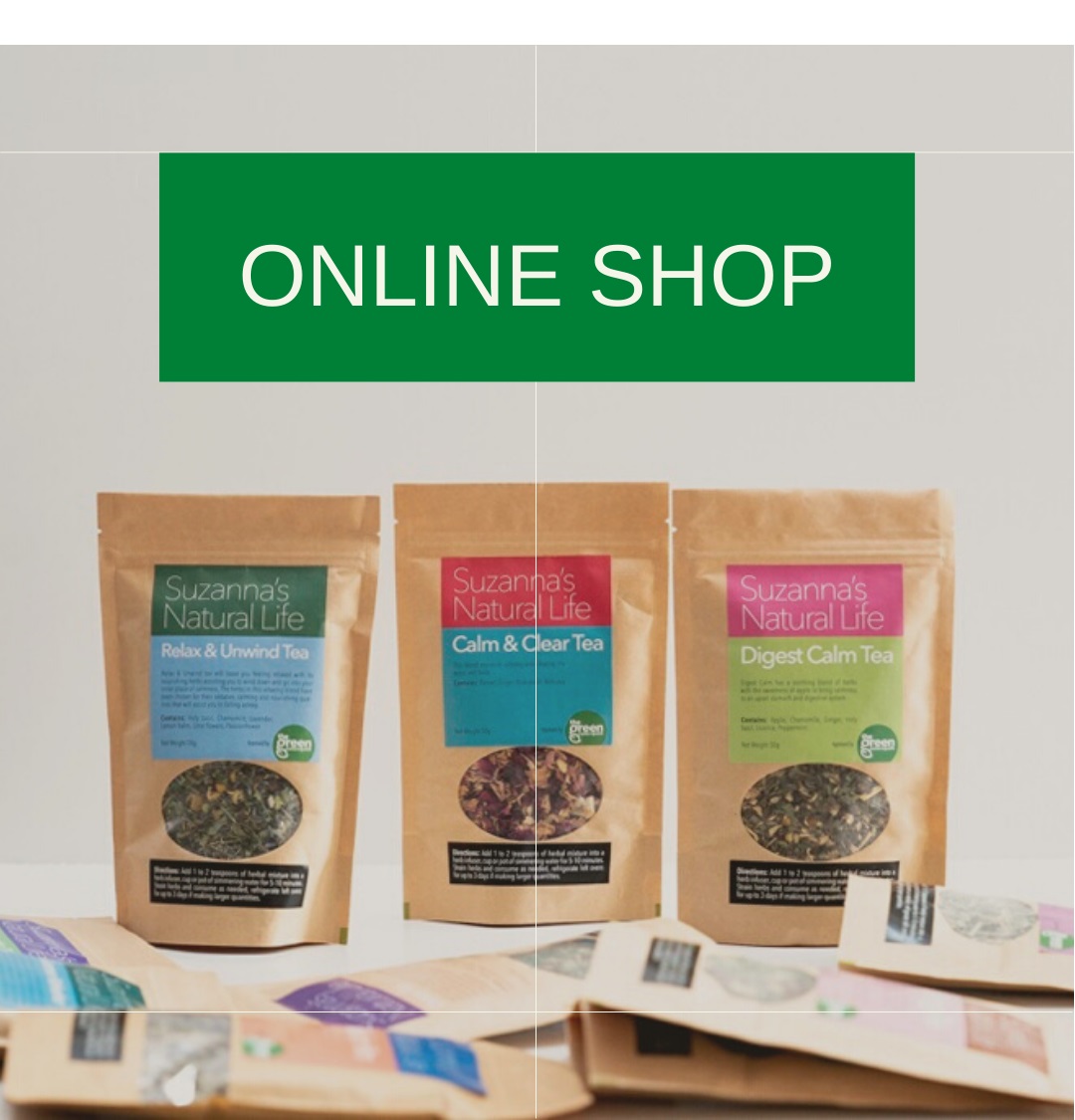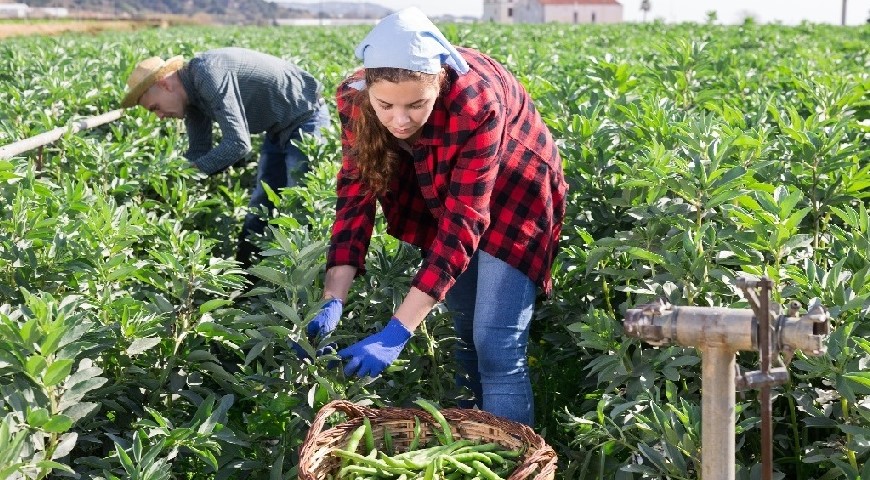
The benefits of phytoestrogens and soy isoflavones for women
- Details
- On: 29 Oct 2022
- Written by SuzannaW

Soy phytoestrogens are probably the most notable examples of phytoestrogens in nature, and you have probably heard about them frequently. But there are other forms of phytoestrogens, and each has different functions and applications.
In this blog, you will find a quick view of the benefits of soy phytoestrogens. Further down, you will find other phytoestrogen sources and a few notable features of each.
For now, here are some of the benefits of soy phytoestrogens.
Soy phytoestrogen benefits
- HEART DISEASE: Females that consumed 40 to 80 milligrams a day of soy isoflavones in tablet form experienced improvements in arterial heart health. The endothelial function improved after consuming a meal with 50 grams of soy isoflavone. There was also a reduction in the risk of stroke and heart attack with as little as 13mg of soy phytoestrogens. When the endothelial functions are normal, blood clotting is regulated by several enzymes, the immune system response works better, and the organism is able to regulate the nutrients, substances, and electrolytes that pass through the blood into the tissues.
- MENOPAUSE: The severity of night sweats and hot flashes reduced when a daily intake of 50 milligrams of soy isoflavones was taken. Isoflavones bind to estrogen receptors in the body that help reduce the intensity of menopausal symptoms such as hot flashes, fatigue, vaginal dryness, osteoporosis, hair loss, anxiety, and irritability, according to the journal Menopause.
- OSTEOPOROSIS: Bone mineral density improved in several studies when a daily 90 milligrams of isoflavone from isolated soy protein was consumed. The Journal of the Academy of Nutrition and Dietetics published research suggesting soy isoflavones also seemed to assist with reducing bone loss, prevent postmenopausal osteoporosis and improve bone strength and markers in bone health.
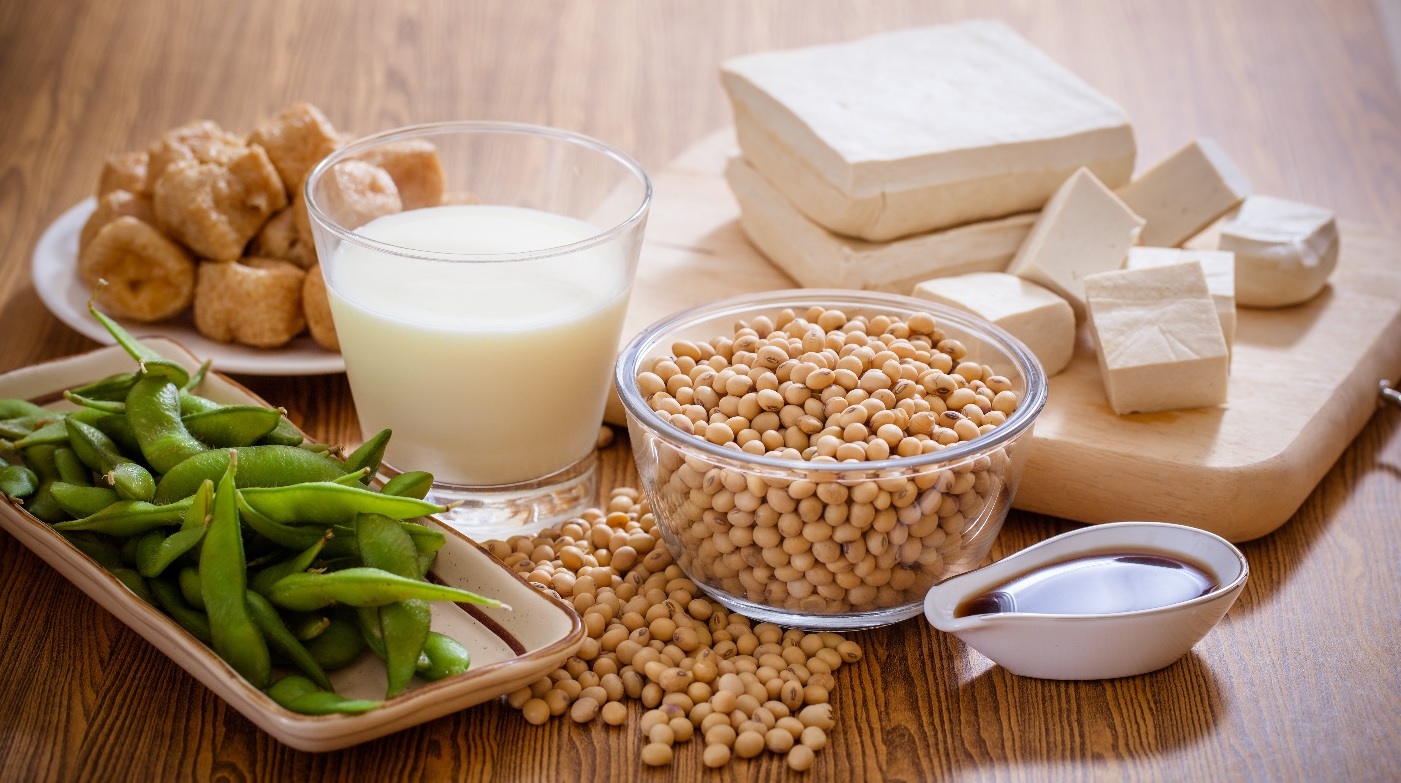
Your response to soy isoflavones may not be the same as the one stated above, and that widely depends on the quality of soy you’re consuming and your baseline health problems. For instance, if your liver function or thyroid is affected, this would impact estrogen metabolism. This will change your daily requirement of soy to get the same benefits other patients report in clinical studies. Thus, it is a good idea to get your thyroid hormones and liver enzymes tested next time you have a routine blood test done and have a doctor interpret the result to see if there’s a baseline condition that is not letting your body respond to soy isoflavones.
You can get soy in many forms: Miso soup, tofu, soy yogurt, tempeh, milk, edamame beans (which you can find in the frozen section in the supermarkets or in Japanese restaurants), and soy protein powders. You can also get soybean pasta which is a nice way to increase your daily intake.
Be mindful to do everything in moderation. Maybe have one meal rich in phytoestrogens or two if you include it in your breakfast every day. You have probably heard of the risks of consuming soy, which includes constipation, diarrhea, and other digestive upsets. But these are common if you overeat. Moderating your intake will help you benefit from soy without worrying about these and other side effects.
Other food sources high in phytoestrogens
Besides soy isoflavones, there are many other sources of phytoestrogens. Most of them have similar functions to those described for soy isoflavones. But others have a different structure with various benefits worth mentioning.
Here is a list of the food sources you can use to increase your intake of phytoestrogens:
- Flaxseeds: The best source of phytoestrogens is flaxseeds (linseeds). They contain higher concentrations of phytoestrogens than any other plant. The best way to take flaxseeds is to soak them in water overnight. This will help to increase the absorption of nutrients. You can also prepare flax bread and flax crackers. Flaxseeds do not only regulate hormones in women after their menopause. They are also linked to a reduction in the risk of breast cancer. Alternatively, you can consume sunflower seeds, but you should know that their phytoestrogen content is high but pales compared to flaxseeds.
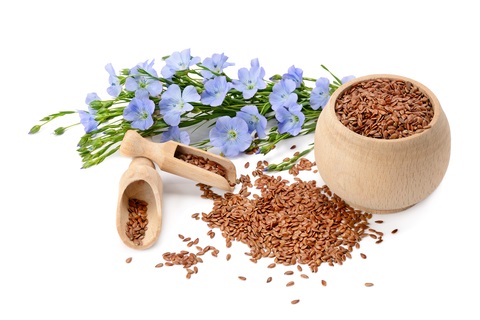
- Sesame seed: They are rich in minerals, vitamins, fiber, protein, and essential fatty acids. Sesame seeds can be used in salads, soups, baked goods, bread, cookies, and cakes. The phytonutrients in sesame seeds can help reduce the risk of heart disease and osteoporosis. For instance, they contain sesamol and sesaminol, which modulate the estrogenic function in women at a genetic and molecular level. Additionally, they are potent antioxidant substances.
- Hummus: Similar to other legumes, chickpeas contain genistein and daidzein, two phytoestrogen compounds. However, chickpeas have been postulated as a replacement for soy because it has a high concentration of them. One of the easiest ways to consume them is through hummus, which can be used as a dip or spread or in other preparations.
Check out The Green Naturopath's Nourishing Hommus recipe.
- Garlic: Every time you consume garlic, you'll receive secoisolariciresinol and matairesionol. These names can be challenging to pronounce, but their benefits are pretty easy to understand. They are natural hormone replacement options and are known to protect against breast cancer.
- Mung bean and alfalfa sprouts: Similar to chickpeas and hummus, mung beans contain genistein and daidzein. However, their phytoestrogen content is a bit lower than hummus. Hummus will give you 993 mcg per 100 mg, and mung bean sprout phytoestrogen concentration is 495 mcg per 100 mg. Alfalfa sprout's phytoestrogens range slightly lower, with 441 mcg per 100 mg.

- Dried apricots and dried dates: Apricots are the fruits with the highest phytoestrogen concentration, followed by dates, prunes, and raisins. If you consume them dried, their phytoestrogen content increases per milligram because they are dehydrated foods with a higher concentration of nutrients.
- Chestnuts and almonds: They are arguably the nuts with the highest phytoestrogen concentration. They also contain sterols, which can be used to produce female hormones. The concentration of phytoestrogens in nuts can vary according to the growing methods and the soil where the plant is grown.
- Other foods with high phytoestrogen levels: You can also use olive oil and consume blueberries to increase your phytoestrogen intake. Some herbs are also very good for providing your body with extra phytoestrogens, such as chaste tree, dong quai, yam, peony, black cohosh, red clover, ginkgo, and licorice.
Check out: Wise Woman Meno - Calm support herbs
Also, check out: Phytonutrients and herbs in breast cancer prevention.
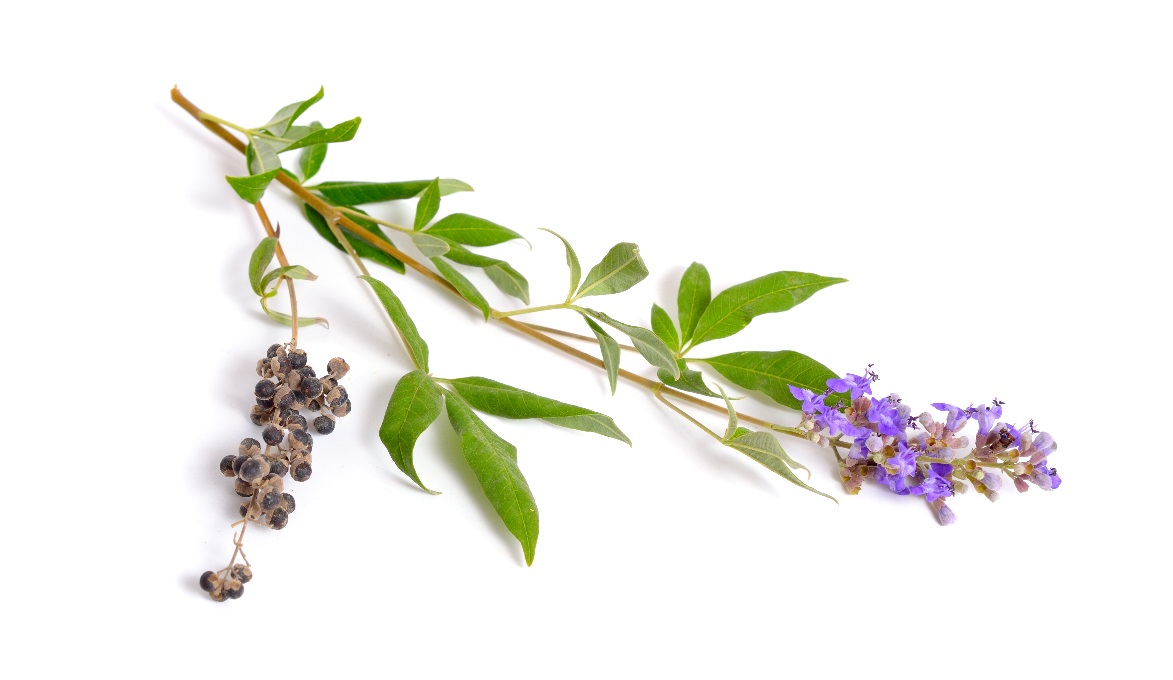
“The human body has been designed to resist an infinite number of changes and attacks brought about by its environment. The secret of good health lies in successful adjustment to changing stresses on the body.” – Harry J. Johnson
MEDICAL DISCLAIMER
This content is for informational and educational purposes only. It is not intended to provide medical advice or to take the place of such advice or treatment from a personal physician. All readers/viewers of this content are advised to consult their doctors or qualified health professionals regarding specific health questions. The Green Naturopath takes no responsibility for possible health consequences of any person or persons reading or following the information in this educational content. All viewers of this content, especially those taking prescription or over-the-counter medications, should consult their physicians before beginning any nutrition, supplement or lifestyle program.





